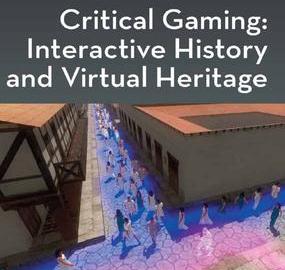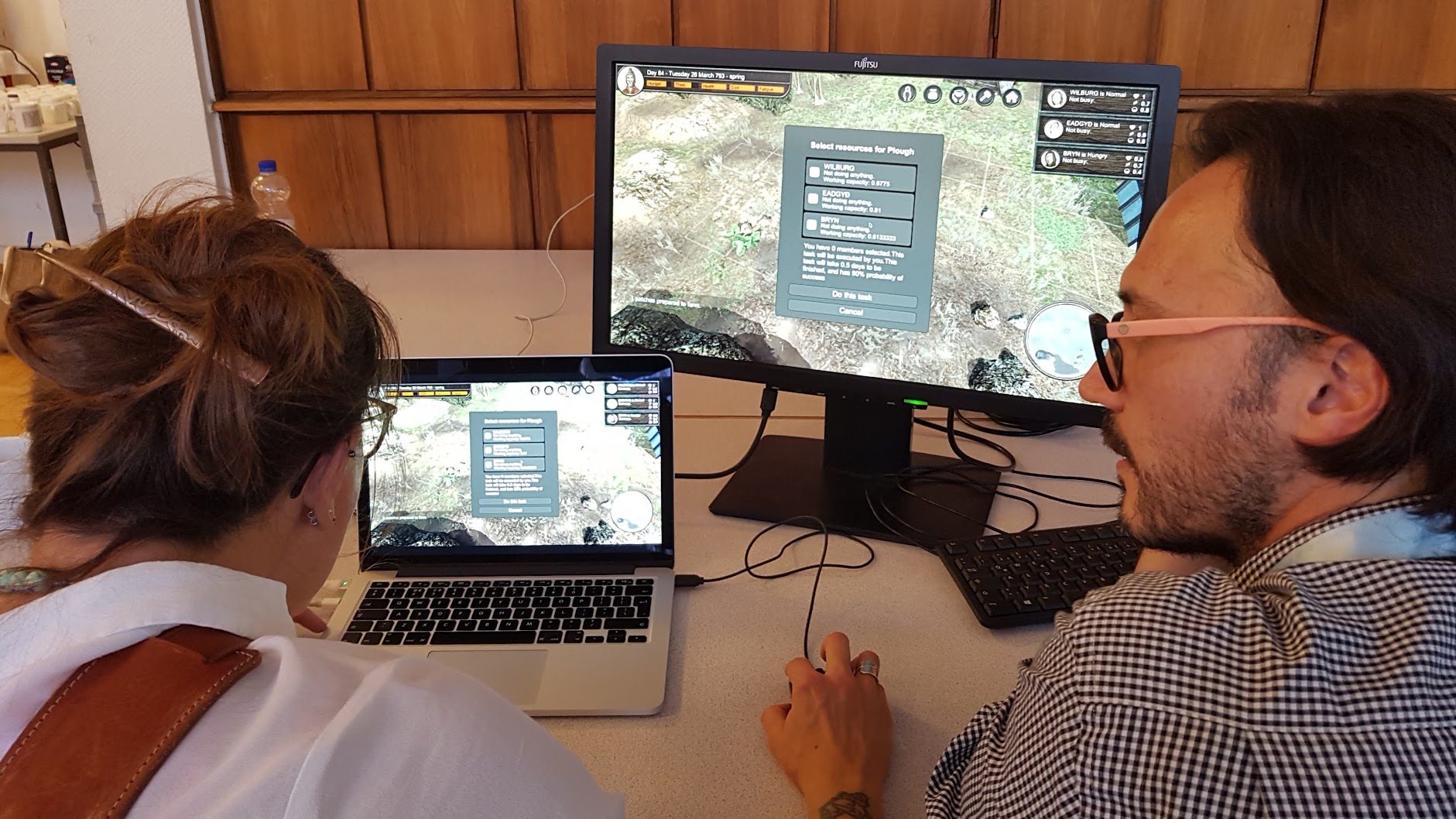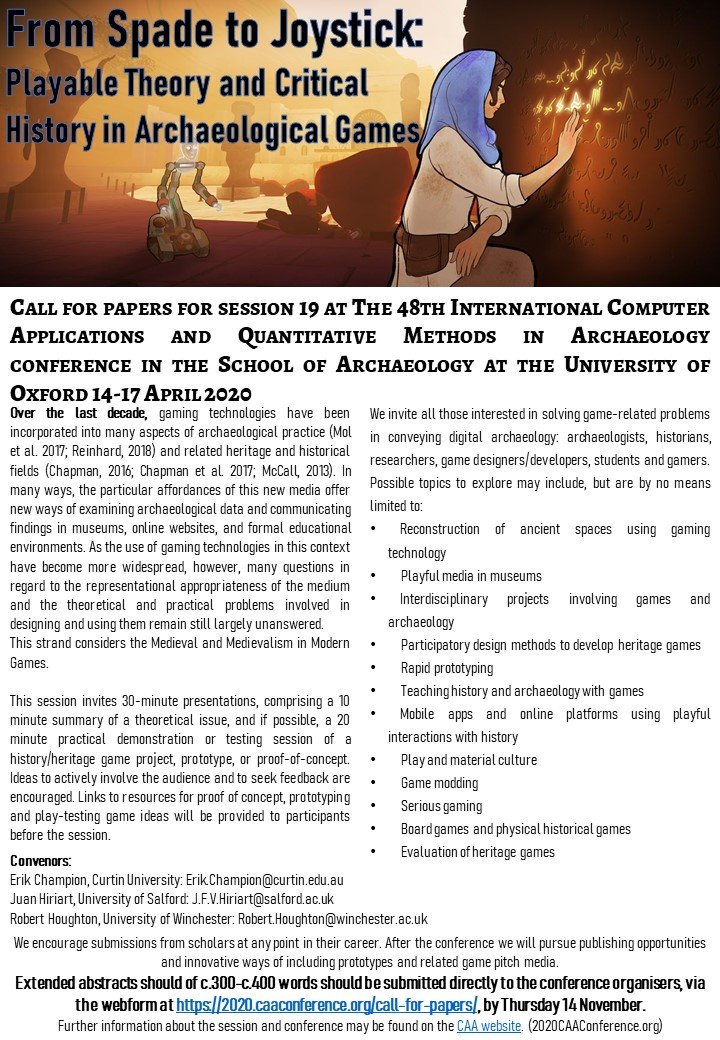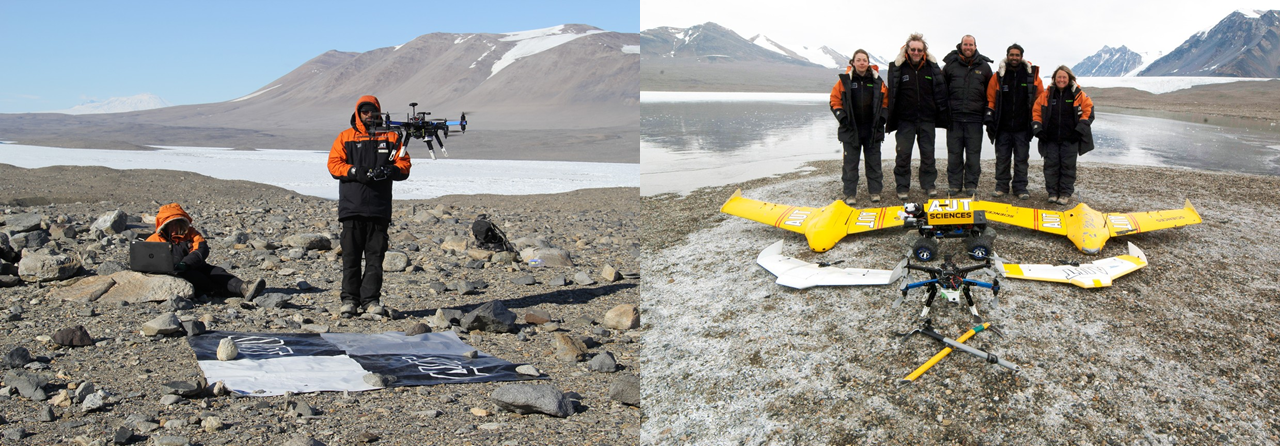The Financial Times has published an article entitled “Could this be the moment virtual-reality travel finally takes off?” (You may have to answer a survey to read the article):
“The cartoonish game is less R&R, “more a place of decompression as action”, says Andrew Eiche, chief technology officer at Vacation Simulator’s developer, Owlchemy Labs. He is sceptical that today’s VR headsets are powerful enough to deliver truly realistic recreations of places such as the Sistine Chapel. “Is it really any different to looking at it on a monitor?” he says. “You need to go beyond looking to acting — that is where VR really excels.”
Examples include https://grandtour.myswitzerland.com/ and https://www.virtualyosemite.org/ especially https://www.virtualyosemite.org/virtual-tour/
What are the best VR tours and travel apps? This is a small subset of the best VR apps (the best VR apps according to digital trends).
A company has also made a VR (well, Cinematic/360 VR) of Antarctica (“VR in the freezer”) that is touring Australian museums, and will tour internationally.
CULTURAL HERITAGE
A travel and leisure online article has already suggested VR tours can help relieve the boredom of pandemic lockdowns:
But there is a way to get a little culture and education while you’re confined to your home. According to Fast Company, Google Arts & Culture teamed up with over 2500 museums and galleries around the world to bring anyone and everyone virtual tours and online exhibits of some of the most famous museums around the world..
Two months ago the Guardian reviewed the world’s best virtual museum and art gallery tours.
Generally these are 360 panoramas, not true VR, but there are convenient tools to help you create your own panoVR (cinematic VR).
Lifewire has listed “7 Great Virtual Reality Travel Experiences”. One example of note is the VR Museum of Fine Art.
There are also projects taking off using live guides through the web with a camera, or who take you on a tour of a real museum with a real but physically remote guide/curator so that museums can still be quasi-open during lockdown.
An example of remote tourism is by the Faroes Islands, a very isolated Scandinavian island nation. They also explain their project:
Via a mobile, tablet or PC, you can explore the Faroes’ rugged mountains, see close-up its cascading waterfalls and spot the traditional grass-roofed houses by interacting – live – with a local Faroese, who will act as your eyes and body on a virtual exploratory tour.
The local is equipped with a live video camera, allowing you to not only see views from an on-the-spot perspective, but also to control where and how they explore using a joypad to turn, walk, run or even jump!
Via a mobile, tablet or PC, you can explore the Faroes’ rugged mountains, see close-up its cascading waterfalls and spot the traditional grass-roofed houses by interacting – live – with a local Faroese, who will act as your eyes and body on a virtual exploratory tour.
The local is equipped with a live video camera, allowing you to not only see views from an on-the-spot perspective, but also to control where and how they explore using a joypad to turn, walk, run or even jump!
VR focus has an interesting article on the development of VR for tourism, and the Virtual Segovia project sounds like it is worth keeping tabs on.
Now before we look at the commercial VR content stores, there are cultural heritage organizations with VR tour/travel content. Some are available via Google .
Europeana
An online portal of major European libraries and museum collections, they have vintage stereo VR and examples of how to create stories and lessons with the stereoVR prints.
Google
For example, Google Earth and Google Earth Voyager (with sections on editors picks, games, layers, quizzes, nature, travel, education).
There is Google Earth VR https://arvr.google.com/earth/ for VIVE and OCULUS headsets (HMDs).
Even Google Streetview can be viewed in Google VR https://www.blog.google/products/google-vr/get-closer-look-street-view-google-earth-vr/
“The new version of Earth VR is available today for the HTC Vive and Oculus Rift. And if you don’t have one of those systems, you can still check out Street View in VR with your phone—just download the Street View app for Daydream and Cardboard.”
https://artsandculture.google.com/ is a wonderful sight and also has scavenger hunts, at, for example the British Museum.
There are also “virtual tours” based on Google Street View. For example, you can “virtually” visit Chernobyl. Here is an abandoned roller coaster.
An open source alternative to Google Maps is Open Street Map (OSM). There is a youtube video explaining how OSM data can be used with WebVR (“2019: VR Map: Using OSM Data In a WebVR Environment VRmap on Github”) and the app vrmap can be downloaded via Github.
Online/VR Models for Cultural Tourism/Travel
You can also visit online and via VR headsets repositories of 3D models of buildings and landscapes.
The Smithsonian allows you to view tour and download 3D artefacts and has interesting content, such as the Virtual Tour and the VR Hangar.
Sketchfab
But the biggest online 3D/VR repository is arguably Sketchfab. Sketchfab has a Cultural Heritage + History section.
Eg Hagios Aberkios (Theotokos) Monastery Church 9th from Cultural Heritage and History Top 10 – 2020 wk 21
Sketchfab also has a places and travel section.
CYARK is a volunteer organization that has scanned major cultural heritage monuments uses Sketchfab to present their models.
Minecraft VR
For something lighter, families can also visit Minecraft VR “PLUNGE INTO THIS NEW MINECRAFT DIMENSION ON OCULUS RIFT, WINDOWS MIXED REALITY, AND GEAR VR” and a trailer is on Youtube.
Games
Commercial game companies like Ubisoft have explored creating escape game VR and virtual tours inside physical exhibitions such as
Assassin’s Creed VR – Temple of Anubis. Gamasutra has explained their design process for these VR escape rooms.
“At XRDC in San Francisco today Ubisoft Dusseldorf’s Cyril Voiron took to the stage to talk a bit about his work on Ubisoft’s Escape Games, virtual reality experiences that challenge players to escape virtual puzzle rooms.”
NB Trotech exhibited a physical location VR game demo in 2018.
Like brains on your journeys? Not exactly tourism, but some VR games have an element of real-world tourism.
“Face all the horrors that the living and the dead can offer in this new VR adventure in The Walking Dead universe. Travel through the ruins of walker infested New Orleans as you fight, sneak, scavenge, and survive each day unraveling a city wide mystery within the iconic quarters. Encounter desperate factions and lone survivors who could be friend or foe. Whether you help others or take what you want by force, every choice you make has consequences. What kind of survivor will you be for the people of NOLA?”
Or do you want to explore alien worlds? “The latest update from Hello Games adds a whole host of much-requested features to No Man’s Sky, including full, end-to-end support for PlayStation VR.”
One can even “tour” medieval fantasy worlds, or at least the modifications (mods) that are created using the free game creation tools. Here I am referring to Skyrim VR. Can it handle mods? With certain caveats, yes (on PC that is). You can buy it on Steam. Requires Vive, Rift, Valve Index or Windows Mixed Reality. ($89.95 AUD)
COMMERCIAL STORES
Via stores with content for specific HMDs, you can also find VR travel locations. For example, the oculus store lists travel and tourism apps for the OCULUS Quest, RIFT, GO, Gear VR. Enter “travel” into the search bar for each device.
Oculus Rift/Rift S
For example for the Oculus Rift you can visit the “travel” Pantheon Tallinn, Rome Reborn, Patagonia or in Australia, “Claustral Canyon” in Sydney NSW (Rift, Rift S)
Quest
Enter the quest part of the Oculus website and search for travel.
Examples:
Gear
Navigate to the Gear VR Section of the Oculus site and search for travel.
Specific Examples:
Google App store
Enter travel VR into the search bar or tour VR
- Google Expeditions (free) The Expeditions app and Cardboard viewer and Cardboard Camera were built to bring immersive experiences to as many schools as possible.
- Titans of Space Plus ($10) Titans of Space® is a short guided tour of our planets and a few stars in virtual reality. Works with Google Cardboard.
Apple App store (for Apple phones)
Viveport (HTC)
Viveport is an online app store for the primary VIVE and Oculus headsets/Windows and has some travel content VR apps
- Mona Lisa: Beyond the Glass is the first virtual reality (VR) experience presented by Musée du Louvre. On view from October 24, 2019 to February 24, 2020 in the Napoléon Hall, this VR experience is an integral component of the museum’s landmark Leonardo da Vinci exhibition, which commemorates the 500th anniversary of da Vinci’s death in France. An extended home version of the VR experience is now available for download through VIVEPORT and other VR platforms, including mobile VR on iOS and Android, for audiences across the globe.
- AWAVENA “For the Amazonian Yawanawa, ‘medicine’ has the power to travel you in a vision to a place you have never been. Hushahu, the first woman shaman of the Yawanawa uses VR like medicine to open a portal to another way of knowing. This stunning VR experience, directed by the legendary Australian artist Lynette Wallworth, follows her Emmy Award-winning VR film “Collisions.””
- Church art of Sweden.
- A Glimpse into China.
- Virtual Touring of DunHuang: Mogao Cave 61
- MasterWorks: Journey Through History “Travel to three continents and visit some of the world’s most amazing places that span over 3000 years of human history. Discover the fate of the ancient capital of Thailand, the mysteries of a pre-Incan temple in the Peruvian Andes, the astonishing Native American cliff dwellings of Colorado, and the monument [al stone carvings of Mt Rushmore
- “in South Dakota. The MasterWorks Museum transports you to four fully explorable environments where you can collect artifacts and learn from archaeologists and scientists as you unravel the mysteries of who built these amazing places and learn about the challenges they face today in a rapidly changing climate.” [now supports Tobii Eye-Tracking!]
- The Holy City Documentary
- Nefertari: Journey to Eternity
- VR Angkor Wat Guided Tour – Cambodia
Current HMD costs/availability
Don’t have a suitable Head Mounted Display? Choice au have a useful guide.
Google Daydream standalone or smartphone VR
- Google Daydream View runs with an android phone (Galaxy, Pixel, Moto, LG, Zenfone etc) costing around $330-360 AUD on eBay
- Google Daydream Standalone VR (coming soon)


















